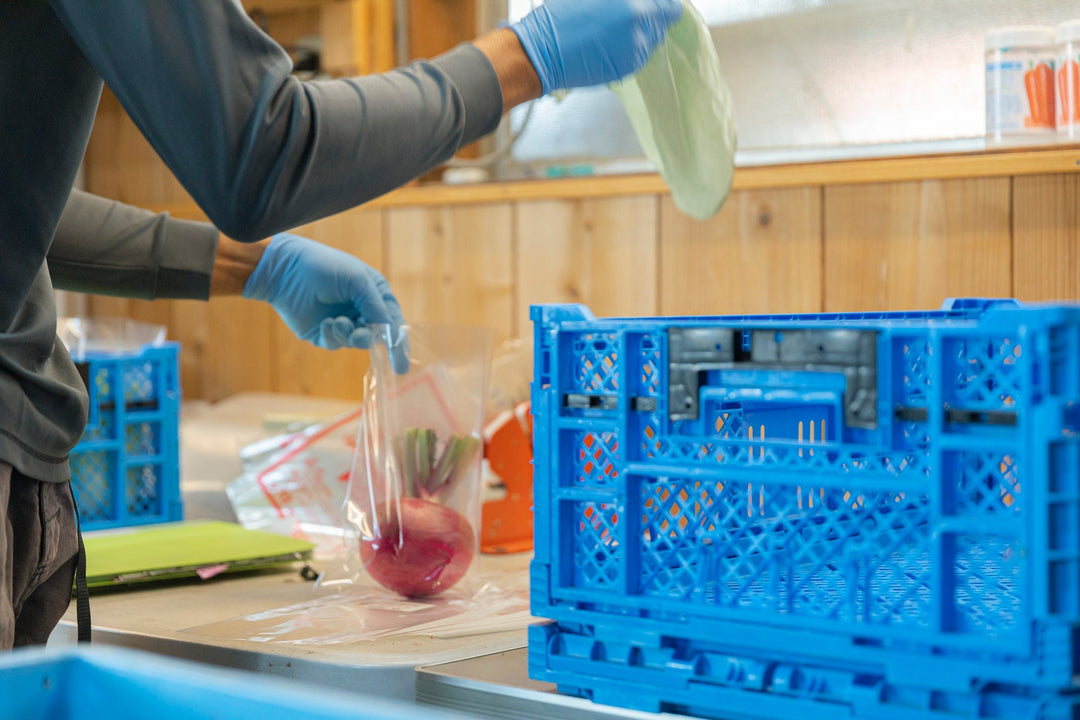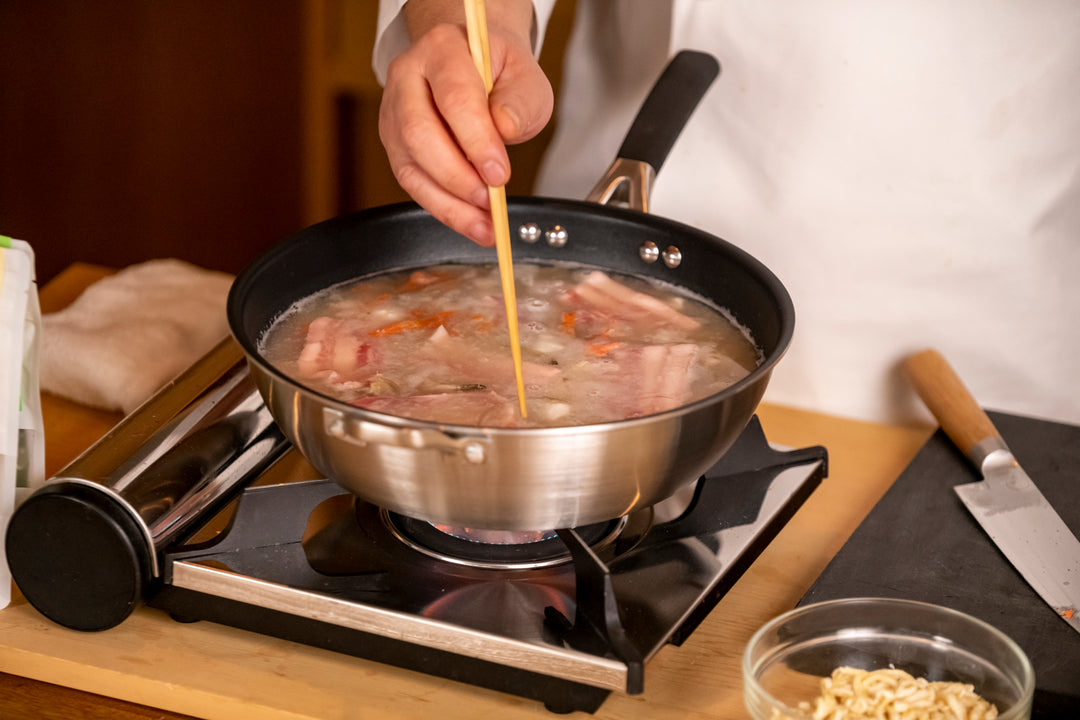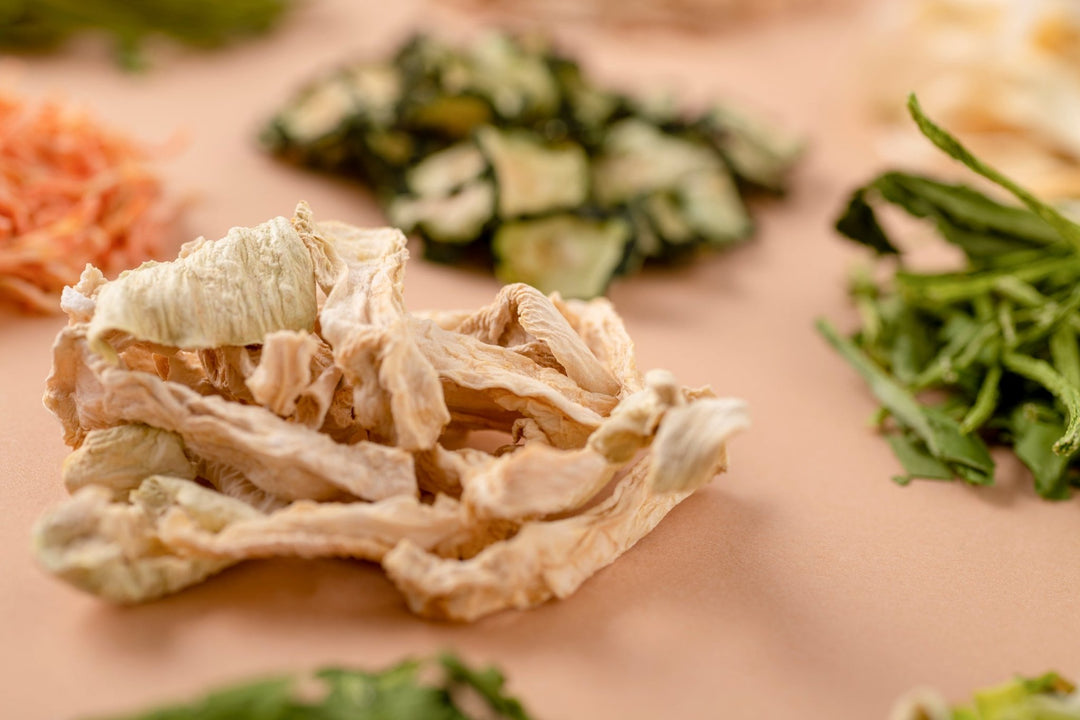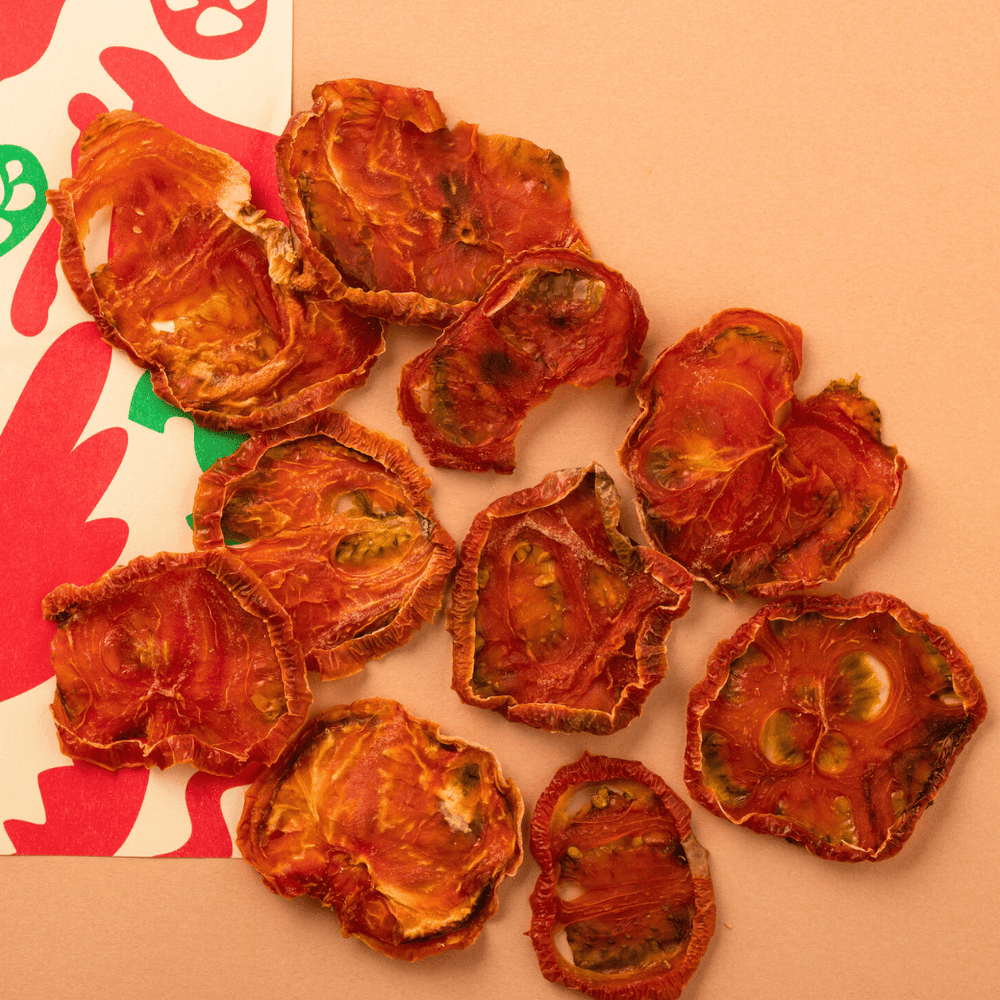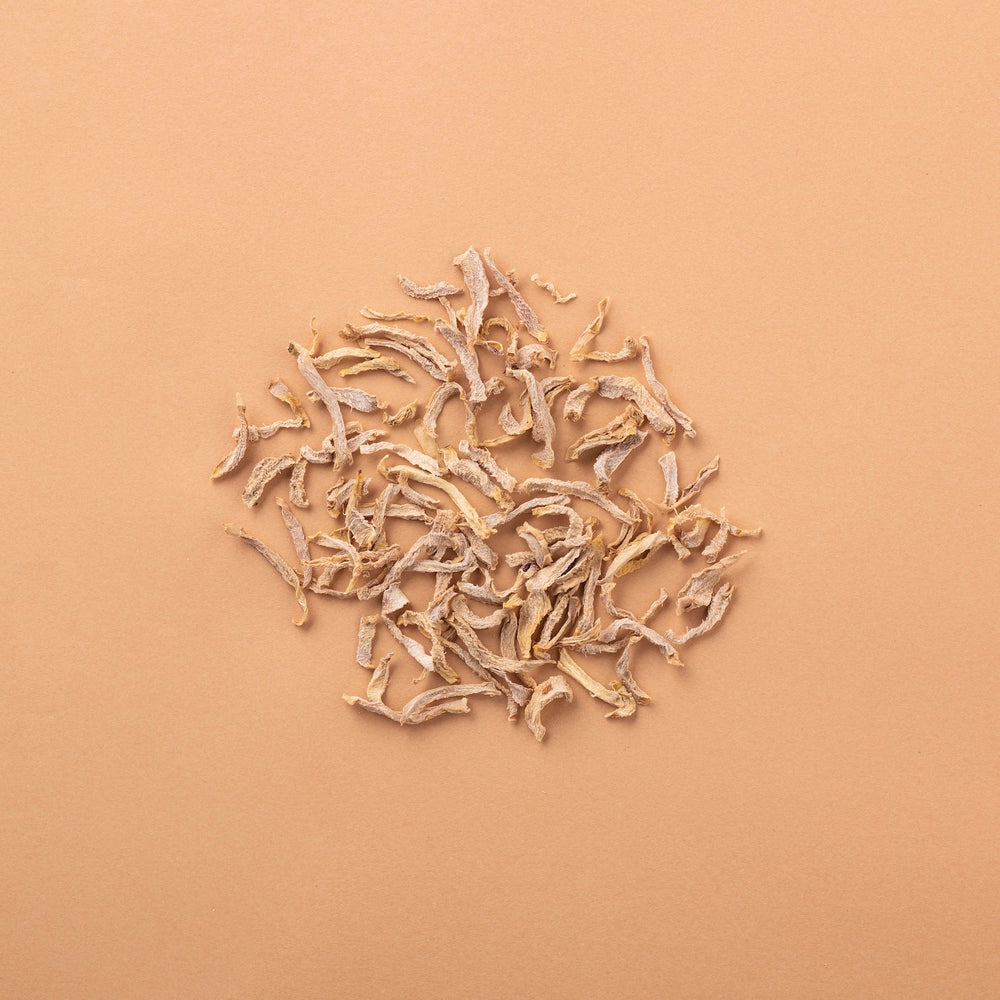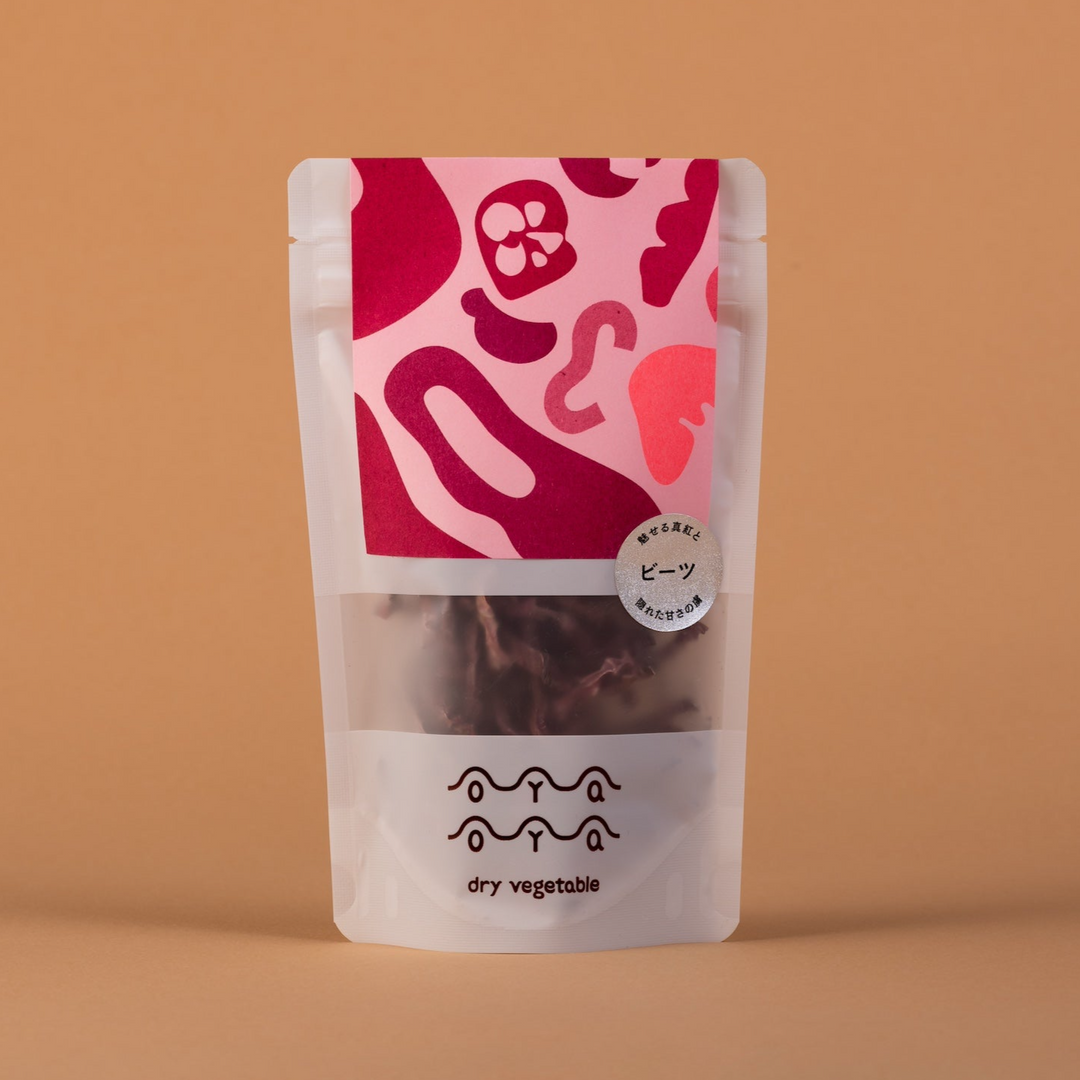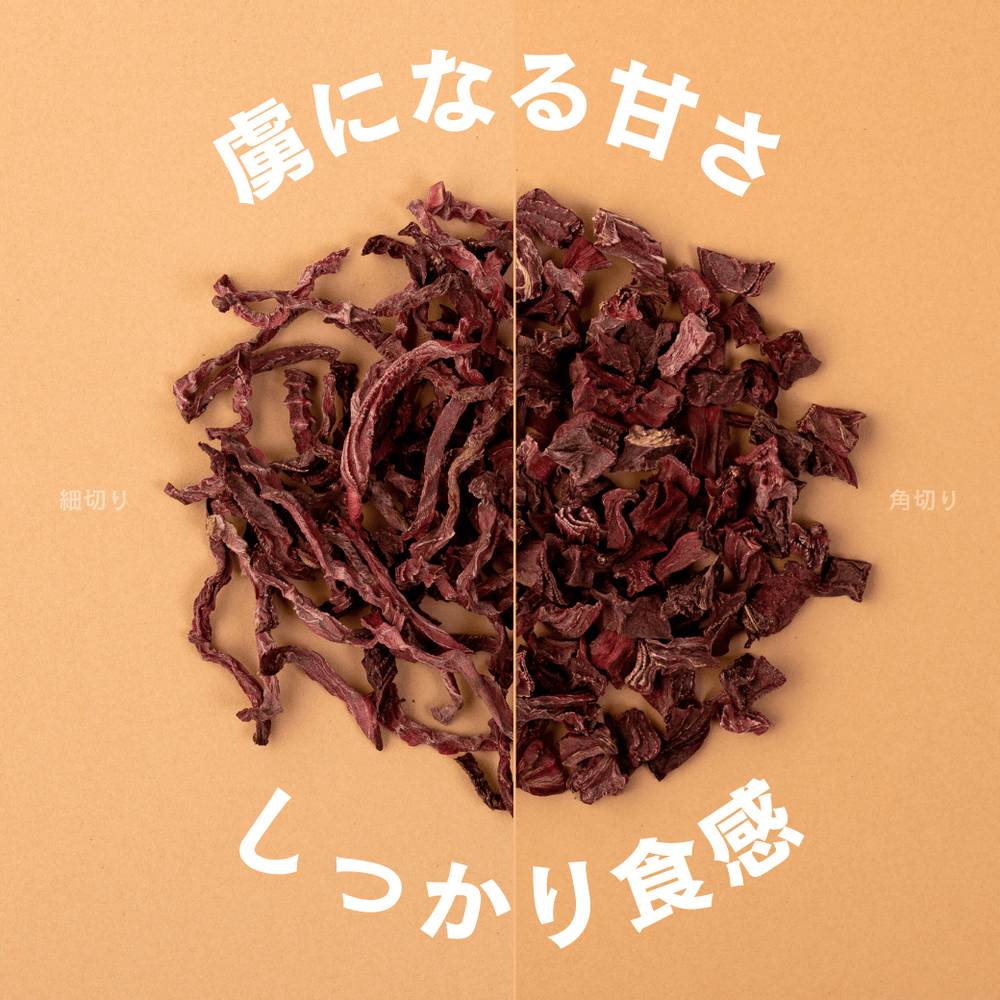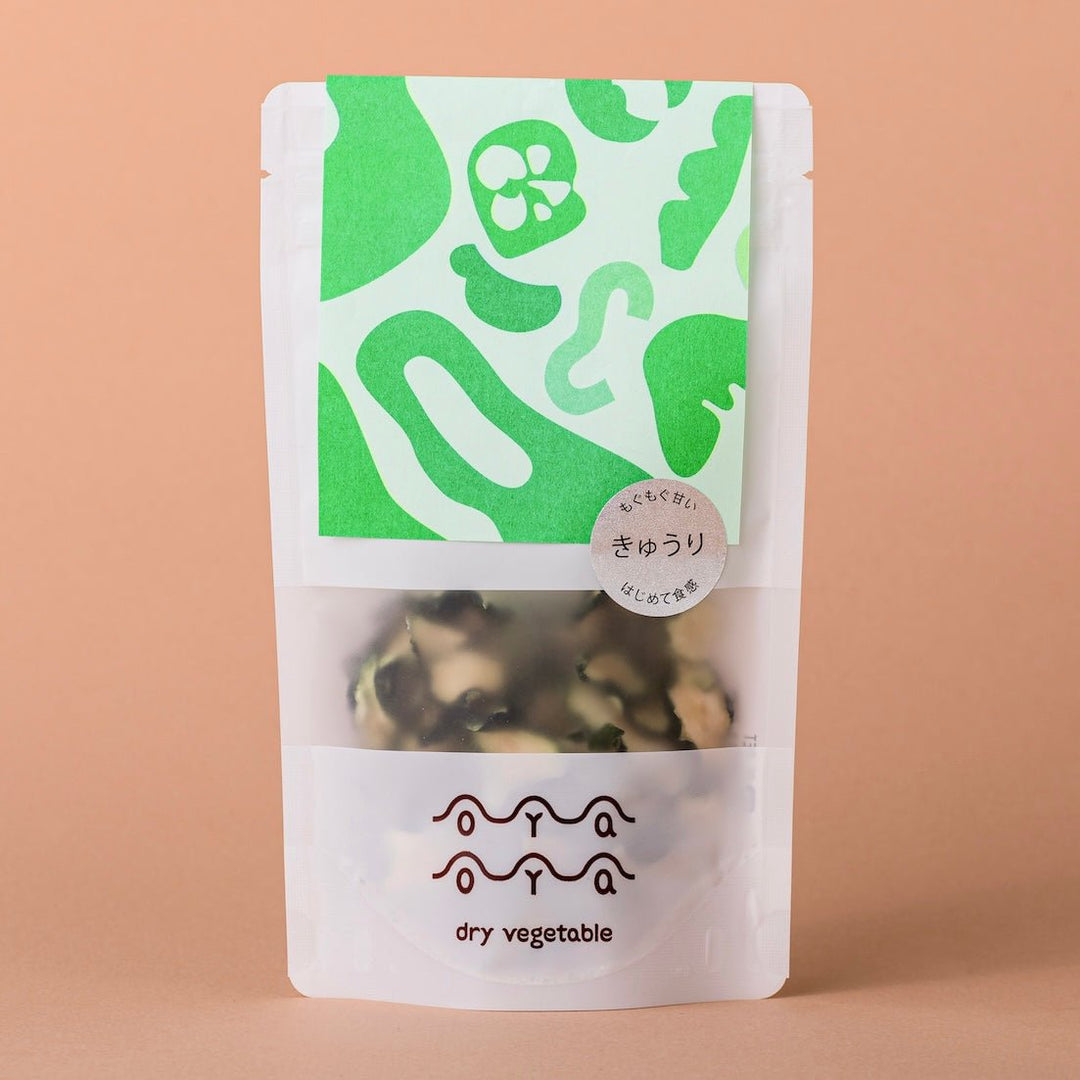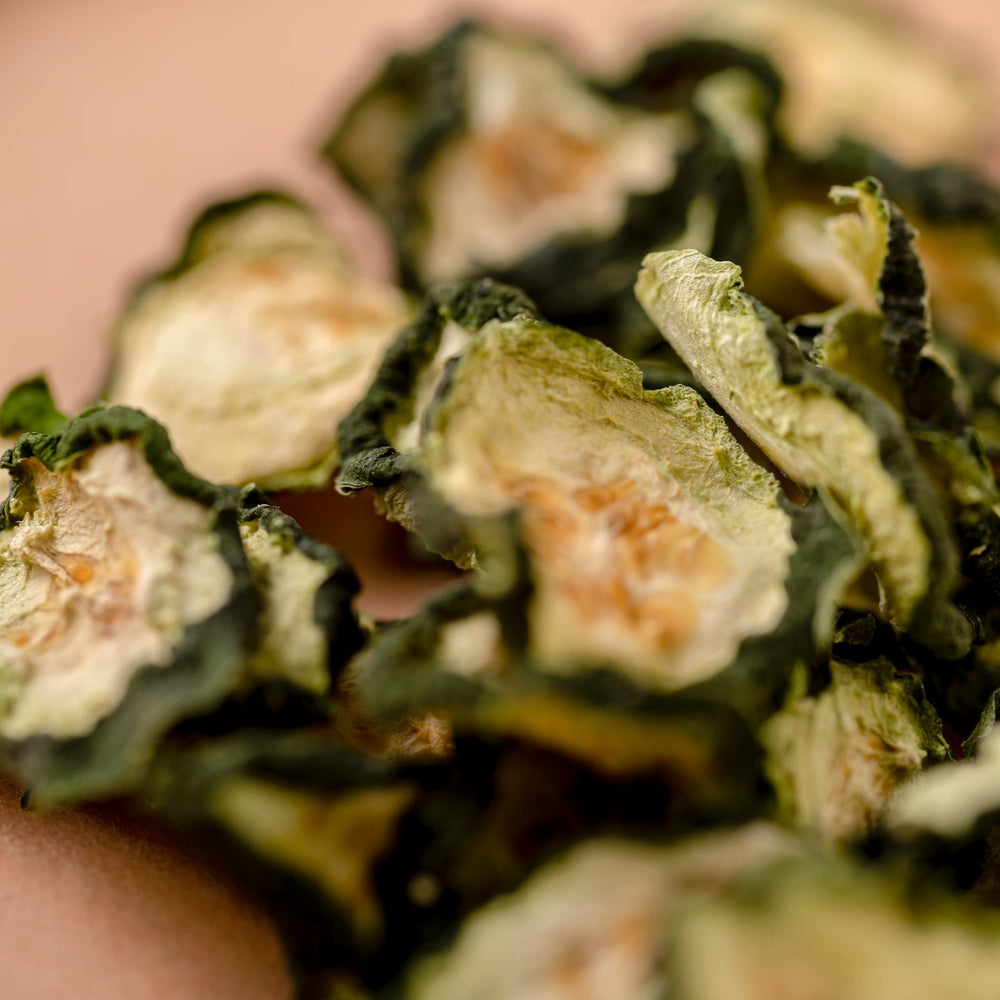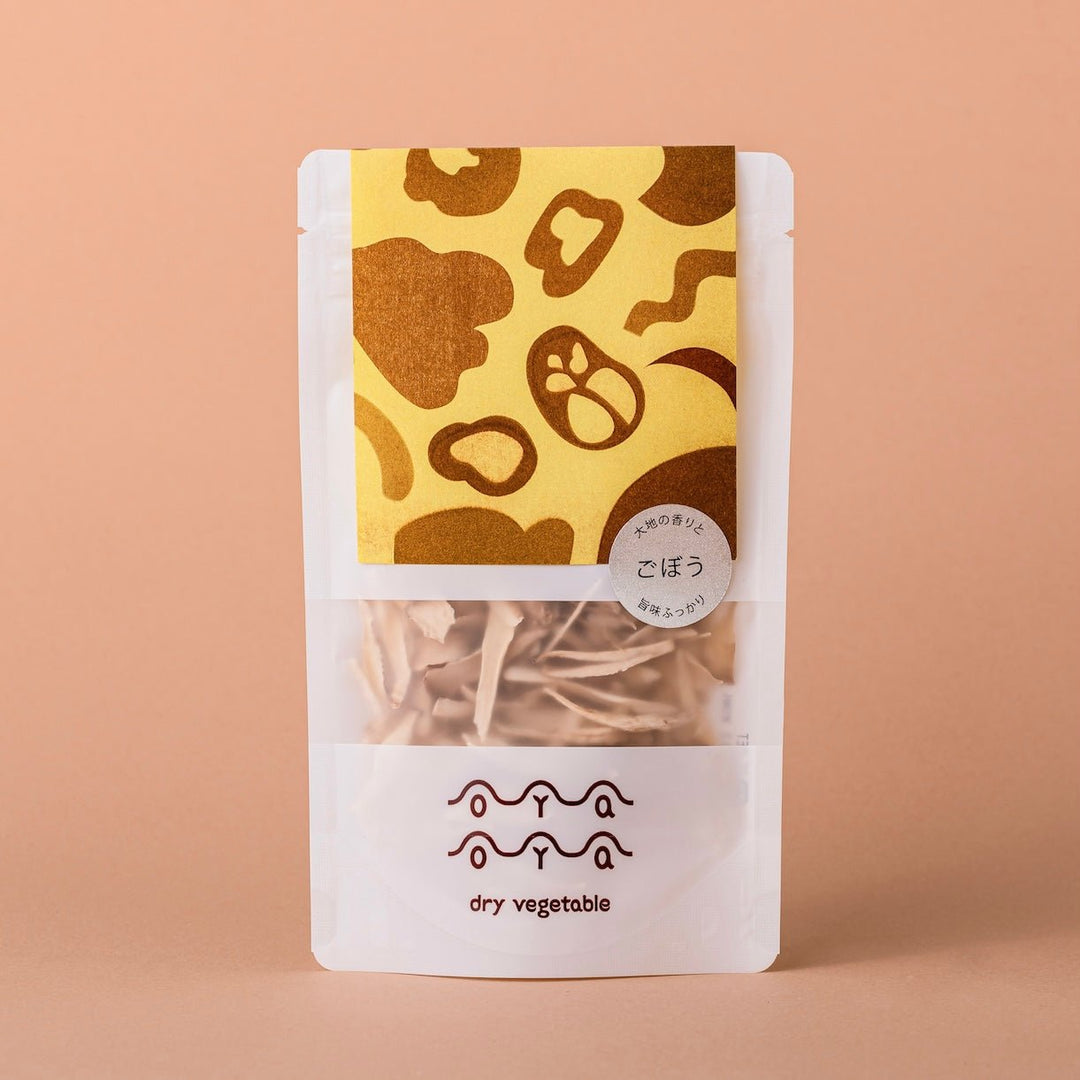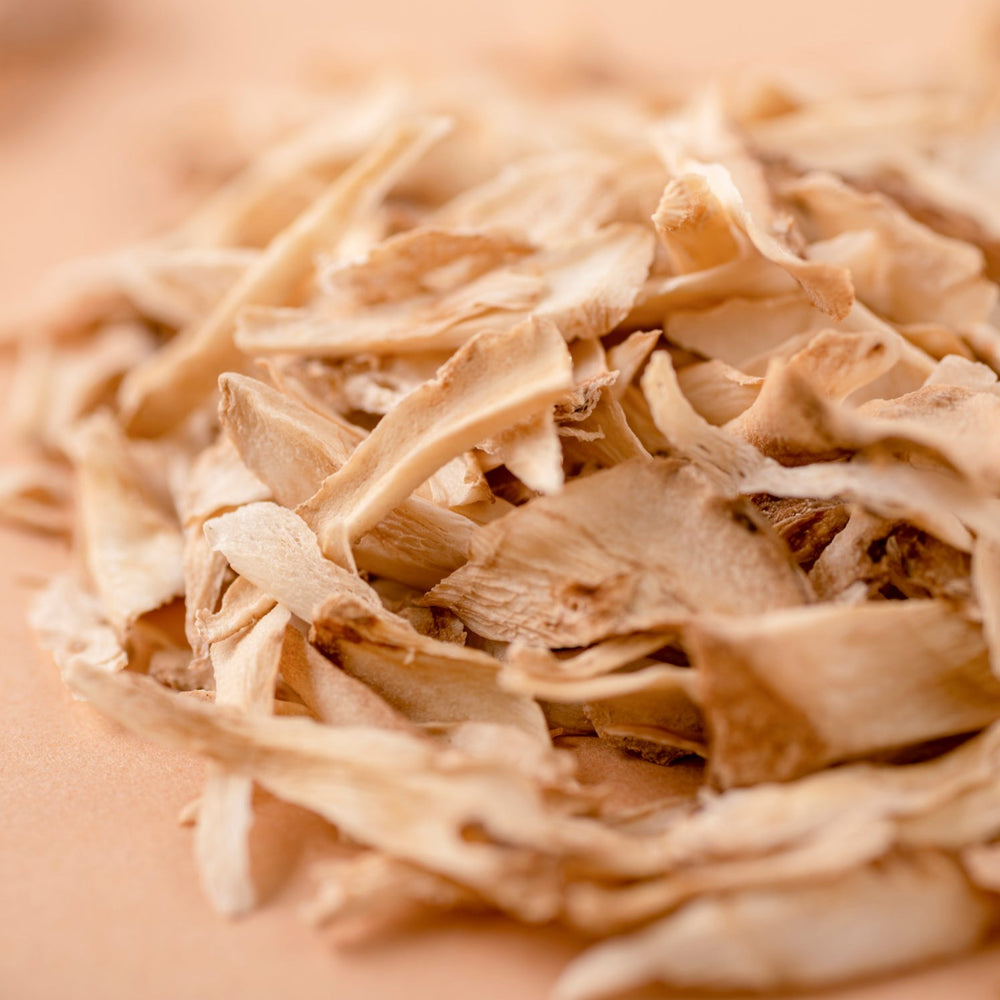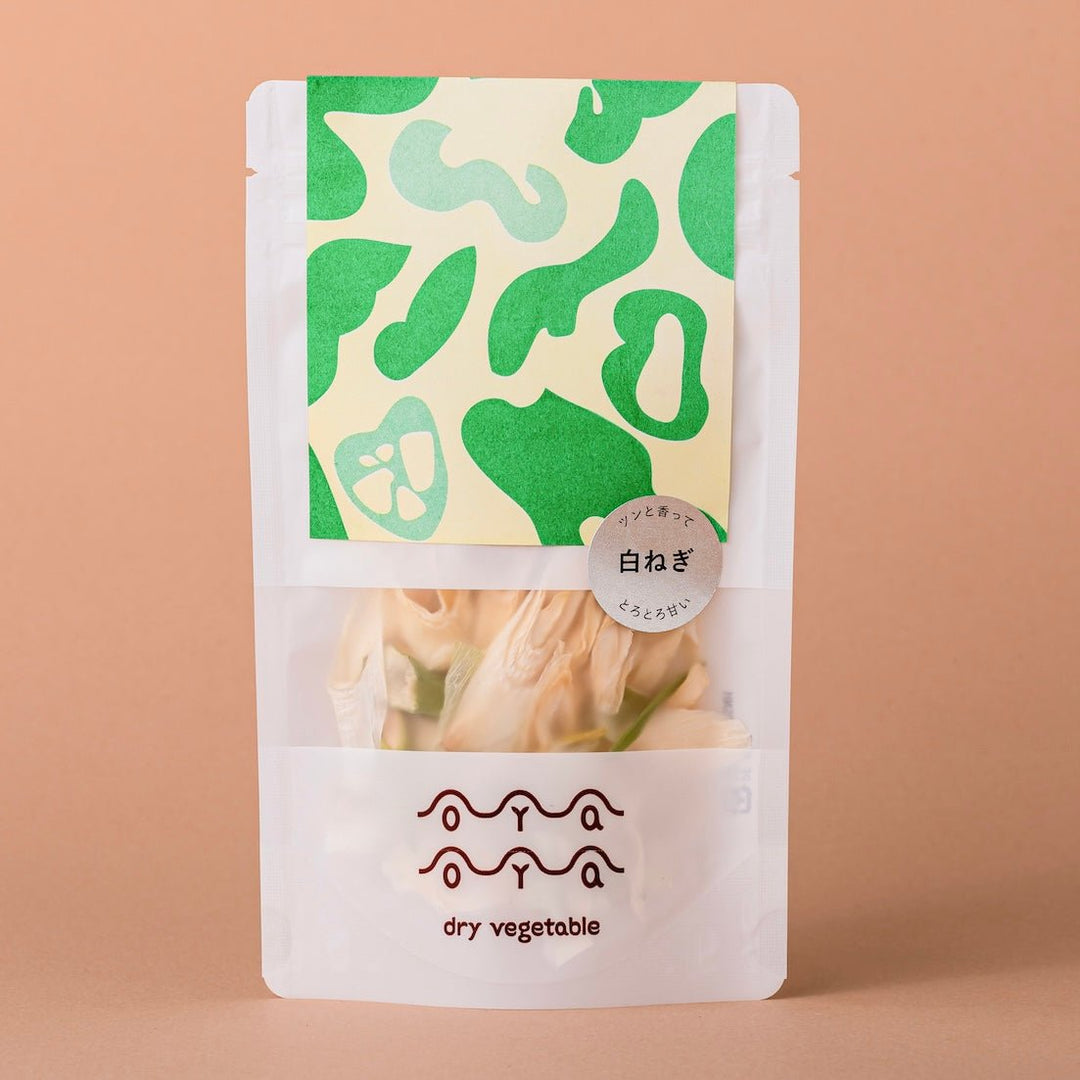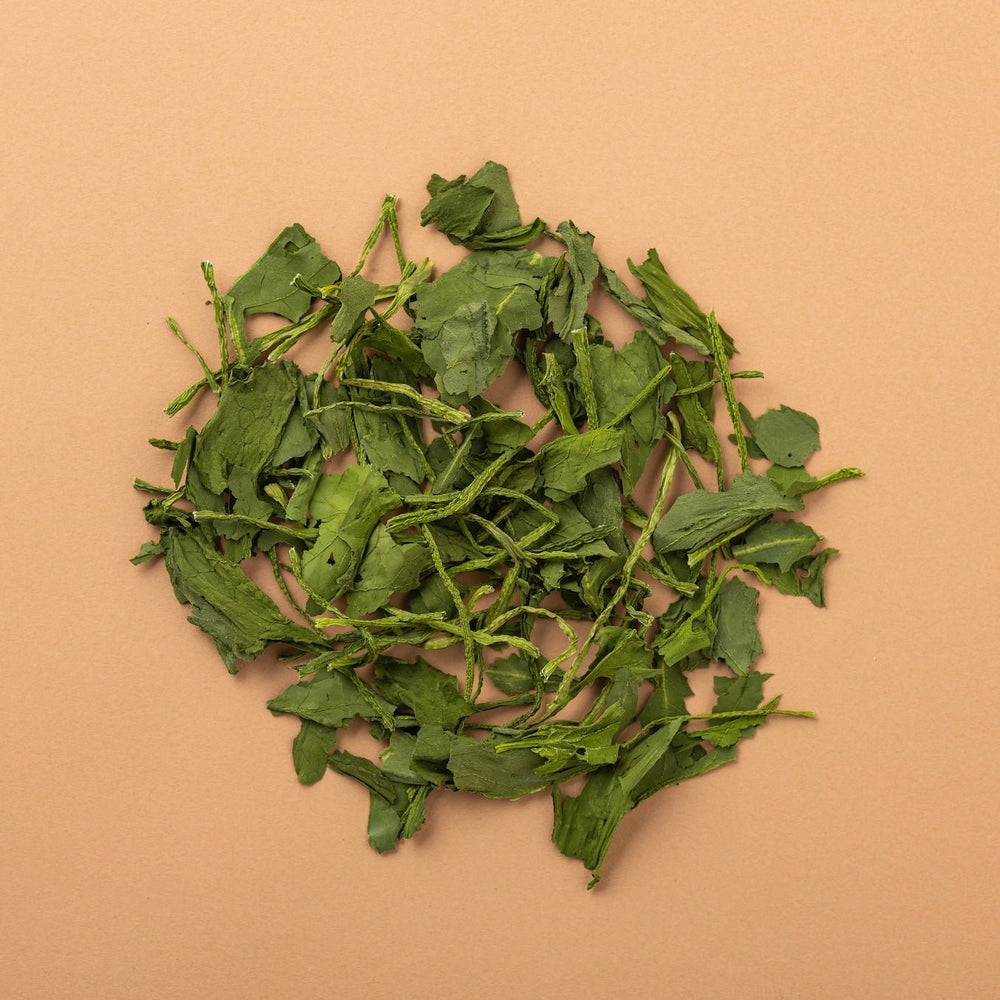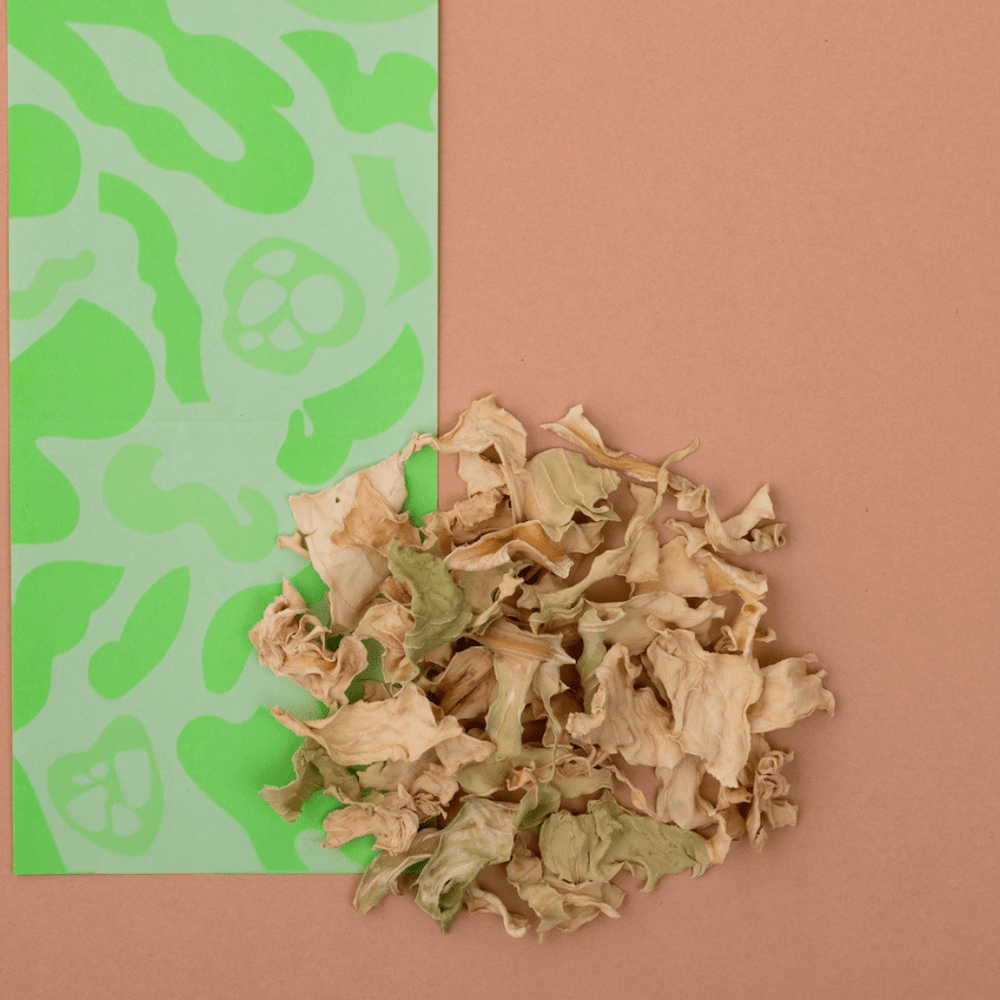The history of dried vegetables in Japan
Japanese food culture has its own unique ingredients and cooking methods. Among them, dried vegetables have long been popular as a uniquely Japanese preserved food. Dried vegetables, which can be stored for a long time, were also useful in times of war and disasters.
Here we will introduce the history of dried vegetables in Japan, focusing on the events that led to their widespread use.

Nara Period - The Birth of Salted and Dried Vegetables -
Salted and dried vegetables were created during the Nara period. At that time, the cultivation techniques for fresh vegetables were immature, and foods that could be preserved for a long time were valuable. Salted and dried vegetables extended the preservation period by drying them, which helped to secure food supplies.
During the Sengoku period - as a long-term food supply -
During the Sengoku period, wars and disasters were frequent, and food shortages became serious. Daimyo and samurai encouraged the production of dried vegetables to increase food self-sufficiency in their territories. Dried vegetables have a long shelf life and can be stored for long periods, so they were highly valued as staple foods. Root vegetables and mushrooms were mainly made into dried vegetables and were eaten in stews or soups.

Edo Period - As logistics developed, it became widely used among the general public -
In the Edo period, with the development of logistics and population growth, dried vegetables became widely available on the dining tables of ordinary people. Dried vegetables were used not only as staple foods or food for travelers, but also as a way to preserve seasonal ingredients. During the Edo period, dishes such as stews and soups made with dried vegetables became commonly eaten in ordinary households.
Meiji Period - Influence of Western Food Culture -
In the Meiji era, Western culture began to influence Japan and Western-style food culture began to spread. This caused dried vegetables to be forgotten for a time. However, at the end of the Meiji era, the demand for dried vegetables increased again due to improvements in the quality of domestic vegetables and the import of vegetables from abroad. During this period, cooking methods using dried vegetables were also improved, and new dishes were created.

World War II - Dried vegetables are highly valued during food shortages -
During World War II, as food shortages became more severe, dried vegetables became very useful. There were restrictions on logistics during the war, making it difficult to obtain vegetables, so there was a demand to utilize dried vegetables. Dried vegetables were also used as rations for soldiers, and the production of dried vegetables increased rapidly. During this period, leafy vegetables such as cabbage and leeks were mainly produced and eaten as a substitute for staple foods.
Postwar - From stable supply to health consciousness -
After the war, Japan experienced rapid economic growth and achieved a stable supply of food. Although the demand for dried vegetables decreased, they continued to be used as food by travelers and outdoor enthusiasts because they were highly nutritious and convenient and easy to prepare.
Furthermore, as health consciousness grows, the demand for dried vegetables is on the rise again. Nowadays, dried vegetables are easily available at supermarkets and on the Internet, and are used in a variety of dishes.

Dried vegetables have a long history
Japan's dried vegetables have a long history of being useful in times of war and disasters, as they can be stored for long periods of time. The demand for and use of dried vegetables has changed over the years, but their fundamental role has remained unchanged. Even today, dried vegetables are used as convenient ingredients, as they are highly nutritious and easy to prepare.

Recently, the health benefits of vegetables have been gaining attention, and heat-treated vegetables are considered to be healthier than raw vegetables, so the demand for dried vegetables is on the rise again. Heat-treatment allows vegetables to be preserved for long periods without destroying their nutrients, so they are attracting attention from health-conscious people.
Dried vegetables in Japan have a long history and are used not only as preserved foods, but also as travel food and healthy ingredients. Demand for dried vegetables is expected to continue to increase in the future. As preservation techniques and methods of using dried vegetables evolve, we hope to see the development of new dishes using dried vegetables.
Reference sites
Ministry of Health, Labor and Welfare: Health Japan 21- Japanese Society of Nutrition and Food Science https://www.jsnfs.or.jp/
- Naoki Uemura, "The History of Dried Foods and Dried Vegetables" (Nosan-Gyoson Bunka Kyokai, 2007)
- "Vegetable Science" edited by the Food Science Society (Asakura Publishing, 2009)
- Kenji Suzuki, "Dry Food Dictionary" (Tokyodo Publishing, 2010)
- "History of Agriculture and the Food Industry" (Ministry of Agriculture, Forestry and Fisheries website) https://www.maff.go.jp/j/pr/aff/1701/speaking-02.html



